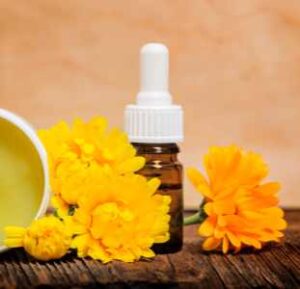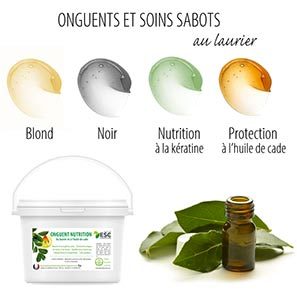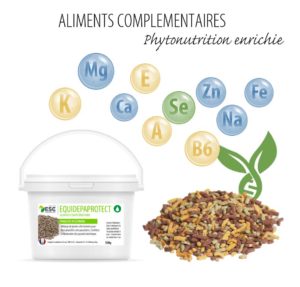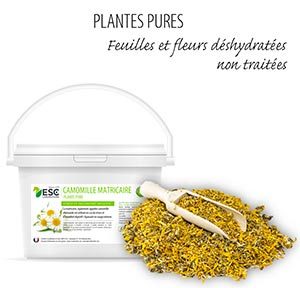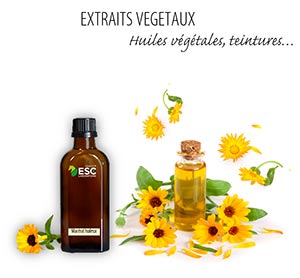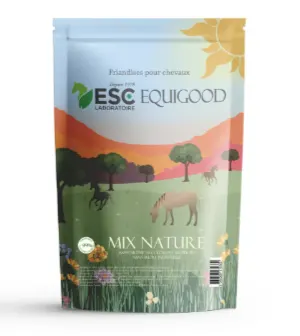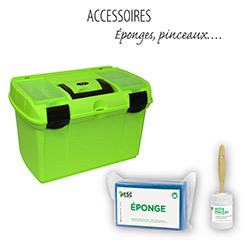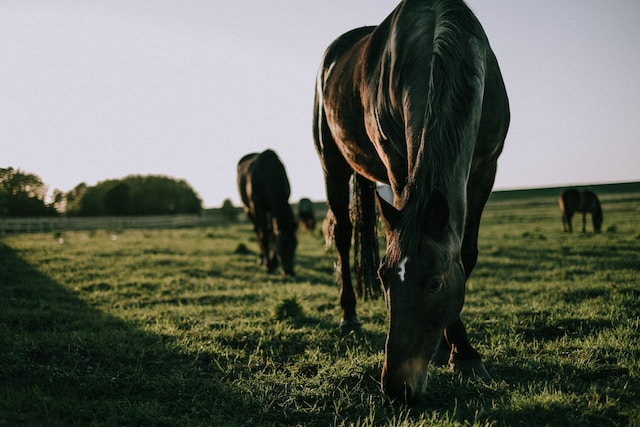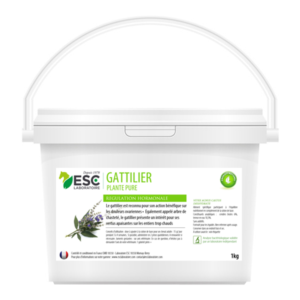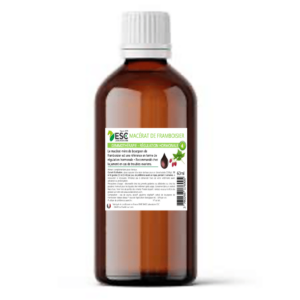You may have noticed that every year, approximately upon the arrival of the beautiful days, Your mare is getting more nervous.
These changes in his behaviour are very easy to explain: Your mare has its heat. Equivalent to menstruation in women, heat can result in a battery of signs and cause a gene in your horse.
In this article, we explain when they start, how to recognize heat phases and the best natural solutions to accompany your mare.
What does heat mean in mares?
Heat is the period of the sexual cycle during which your mare is ready to mate. During this phase, his body will respond to the secretion of certain hormones, which manifest themselves both physically and in his behavior.
During the heat season, the mare alternates between the periods during which it seeks or accepts mating (we speak of the estrus) and the phases during which it will refuse that the standard approach (or interoestrus). During the doestrus phase, the ovule mare. The estral cycle therefore represents the period between two successive ovulations.
When does the heat start in the mare?
The first heats of the mare trigger usually between the first 12 and 18 months. However, there are exceptions and some mares are waiting for their first year before they get their heat. In comparison, the standards reach their sexual maturity between 12 and 20 months.
Mares do not really enter menopause, as is the case in human women. However, as it ages, It will have weaker signs of fertility, and longer and longer cycles. Its first heats of the year will e.g. start later in the spring, and its gestation will also last longer.
From 20 years, it will be rarer than a mare gets pregnant and the risk of early foal loss will be higher. However, they decrease in the mare who are in good physical shape and who have already had several foals. Very old mares will have no heat at all.
When are the heats triggered?
The heats of the mare are triggered according to a seasonal ovarian cycle. In concrete terms, this means that a mare will enter its heat cycles only during the fine days, and that the latter will interrupt during the winter period. This is simply explained by the low chances of survival of a foal born in the middle of winter.
But we must also know thate heats are triggered via an external stimulus: daylight. Indeed, when the fine days arrive, the photoperiod, the daily brightness duration, will increase. This increase will activate, through the retina, the sexual cycles of the mare.
In the same way, when brightness weakens, lheats begin to decline. Again, there are exceptions. Some mares may have ovarian cycles all year round (and therefore be in heat even in autumn or winter). But these are rather rare cases.
How long does the heat of a mare last?
The heat phase, which is also known as the estrus cycle, can last 4-7 days on average. In some cases, heat may be shorter (at least 2 days) or even longer (at most 2 weeks).
A new heat cycle will then trigger Every 21 to 22 days. This means that your mare will have its heat approximately every 3 to 4 weeks. It will experience 7 heat cycles throughout the year.
Can we move the heat of a mare?
As seen above, the heats of the mare are triggered as the ambient brightness increases. Artificial lighting can therefore be a solution to trigger the ovarian activity of a mare, and advance its heats. It is a technique especially used in the world of racing, the mare being placed under lamps (up to 16 hours a day) so that their foal is born earlier in the year.
How to recognize the signs of the heat of a mare?
Several physical symptoms may indicate that your mare is in heat. You will notice in particular:
- Agitation;
- Lack of appetite;
- Excessive drinking and urine;
- A rise of its flanks with a generally faster and deeper breathing);
- Mucus loss in her vagina;
- Muscle tensions (especially in the dorso-lumb zone);
- An embarrassment in her locomotion.
The character of your mare can also change during its heats. Generalt, she'll be more nervous than usual. This will include frequent humblings, whims (refuse to enter his box, for example) or a form of irritation when you mount it.
However, and we will never repeat it enough,I must not make generalities as regards the heats of the mares. Some will be more cuddled and affectionate during this period. Heat symptoms can also be more or less marked depending on the mare. And for many of them, differences or physical signals will be very difficult to detect.
How to relieve a mare during its heats?
In the same way as for women's menstruation, there is no miracle solution to calm your mare during its heats. However, there are many natural products and good practices to relieve pain they can gently cause and regulate their behavioral disorders, especially when they become problematic for work or dangerous during manipulation. Most of these disorders occur and are more marked during heat. But it is possible to observe them continuously and throughout the breeding season in some mares.
The gattilier to relieve the heat mare.
Our first advice isbe very careful in care and preparation a mare in heat. The latter cause pain in the ovaries. So be particularly careful not to accentuate them.
For mares in which heat would cause particularly severe behavioural problems, your veterinarian may prescribe hormonal treatment or more rarely advise you bilaterally. In any event, a thorough examination of the genital tract (ethography) is recommended in order to find a possible cause of these behavioural disorders. However, this procedure is considered radical and is usually performed only when the mare has an ovarian tumor.
Most often, herbal therapy will be largely sufficient to soothe your mare during its heat. Plants like the gattilier ovarian pain, others such as vervein or angelica are useful in spasms, and other plants such as hops or matrician chamomile (link) help to regulate stress. Raspberry macerate is also useful in case of sensitivity during heat: it will use in 3 weeks cures with a break of one week between cures. So they will help your mare to better withstand its heats.
. Raspberry macerate in case of sensitivity during heat
Our laboratory has developed an effective complement for heat mares. Regulmix is a mixture of 8 of these plants recognized for their beneficial action on ovarian pain and will therefore help relieve your mare and alleviate her behavioural problems. For mares with difficulty taking solid supplements, our laboratory offers Regul Plus (link), a liquid supplement based on mother dyes to be distributed with a oral syringe.
Heats are a natural phenomenon linked to the reproductive process of your mare. To best accompany him and promote his well-being, do not hesitate to supplement it with plants that will naturally regulate its hormonal system!


